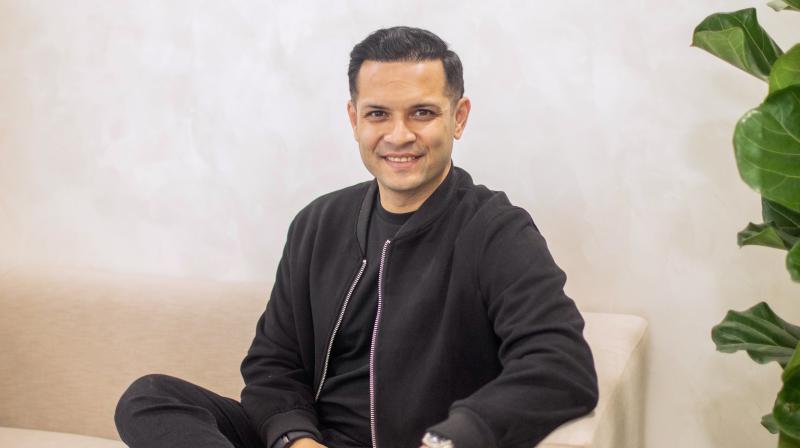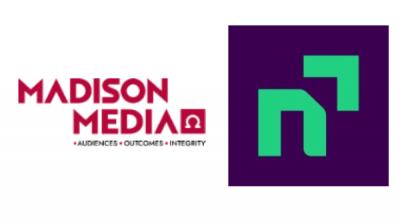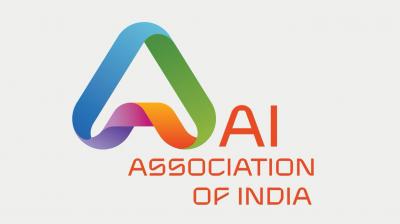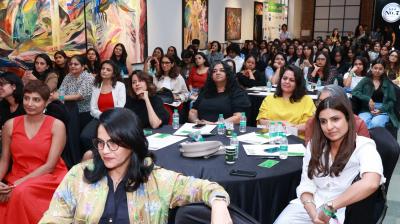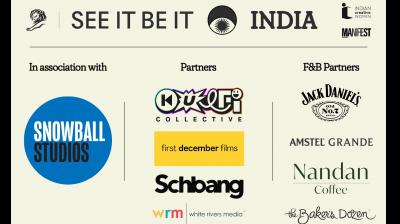A few days ago, I came across a video of my brother-in-law. His expressions, his voice, even his quirks, everything felt authentic.
Only later did I learn it was an AI-generated version of him, flawlessly mimicking every detail. That moment shook me. Because we instinctively trust what we see, and we trust the people we know. What happens when both those truths blur?
We are entering an era where videos generated by artificial intelligence are increasingly indistinguishable from real ones. And that matters deeply. In the world of marketing and brand influence, I’ve long witnessed the power of authenticity. Now, we face a new cultural shift - one where authenticity itself is under threat.
The new reality of video
Video once carried an implicit credibility. If you saw someone speak, you believed them. If you saw footage of an event, you assumed it happened. That assumption is eroding.
Generative AI tools and deepfake technologies are evolving faster than our ability to process their consequences. Across India and much of the Global South, the real risk isn’t just the proliferation of fakes - it’s the erosion of trust.
Social media behaviour has amplified this. We no longer cross-verify videos with news channels; we treat the clip itself as the news. And when what we see is unquestioned, the potential for manipulation multiplies. What was once a creative tool is now a cultural force, one that can easily be misused.
What could go right, what could go wrong
There is promise here. Generative video has legitimate, exciting uses. Brands can create immersive storytelling, training and education can become richer, accessibility can be improved. As an agency leader I am excited about possibilities - richer narratives, more expressive campaigns, and deeply personalised experiences for consumers.
Yet, the downside is equally real. We risk a world where personal identity can be hijacked, where synthetic footage can stoke outrage and distort facts, where even democracies and brands find themselves questioned. Because if everything can be fabricated, how do you decide what’s authentic?
A study argues that the biggest threat of synthetic video is not only mis-information, but the speed and scale at which it can be created and disseminated.
In marketing, this introduces what I call a credibility tax. Every campaign, every influencer partnership, every brand film will soon be judged with an implicit question: 'Is this real?' And if the answer isn’t clear, trust begins to fade.
A framework for action
As someone who runs a creative business at the intersection of technology and storytelling, I believe the time to act is now. This isn’t a conversation to hand over to Silicon Valley or policymakers abroad. It’s one we need to lead here in India.
If a video is generated or materially altered through AI, viewers should know that. Transparency must be non-negotiable. And this responsibility sits with platforms, creators, brands, agencies, and regulators alike. The Advertising Standards Council of India (ASCI) has a crucial role in shaping this mandate, just as it did with paid partnerships and influencer disclosure norms.
Here is a clear five-point framework I believe should guide the industry:
1. Clear disclosure: Any visual content created or significantly modified using AI must carry a visible label or watermark that signals it unequivocally as ‘AI-generated’.
2. Platform-level enforcement: Major platforms must make this disclosure mandatory at the point of upload or sharing.
3. Universal standards: The rules should apply across all categories, be it entertainment, political, commercial, or personal.
4. Likeness and consent: If a person’s face or voice is recreated through AI, creators must disclose this and obtain explicit consent from the individual involved.
5. Regulatory backbone: National guidelines must formalise these expectations, backed by meaningful penalties that discourage misuse and protect public trust.
Seeing forward
When I started in advertising, I believed creativity was about telling a brand’s truth. Today, I believe one of the greatest acts of responsible creativity will be preserving truth itself. Because if our foundational trust in what we see is broken, everything, from brands to democracies becomes fragile.
We must innovate and embrace the upside of this technology. We must tell more compelling stories, unlock personalisation, and push creativity forward. But in doing so, we must protect the one currency that makes marketing possible - trust.
Because the images we create today are the stories we live by tomorrow. And we owe it to our audiences, our citizens, and our culture to make sure those stories remain rooted in reality.
The author is CEO, FCB Kinnect.

